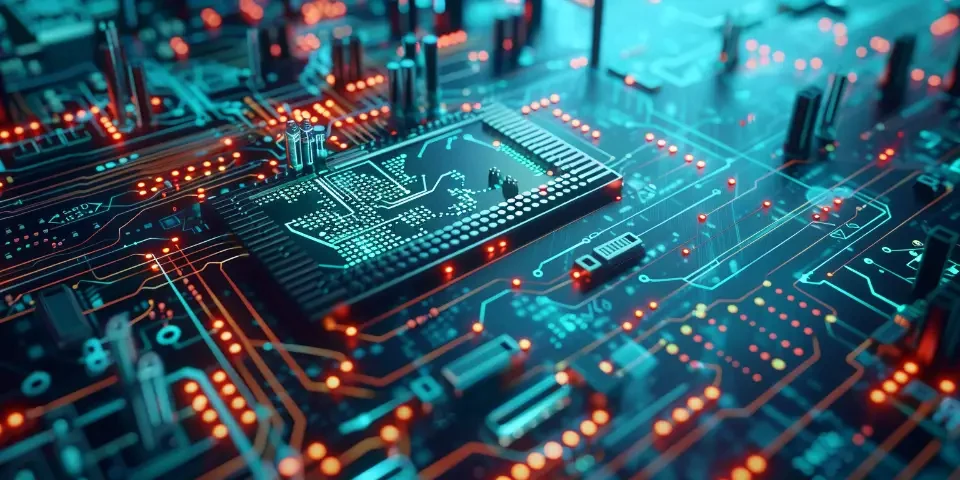Enhance the Quality of Your Images with AI-based Upscaling
Introduction
With the rapid advancements in artificial intelligence (AI), image upscaling techniques have become more sophisticated and efficient. AI-based upscaling algorithms can now enhance the quality of low-resolution images, providing sharper details, improved textures, and better overall visual experience. In this article, we will explore the benefits of AI-based upscaling and how it can revolutionize the way we enhance the quality of our images.
Better Preservation of Details
Traditional upscaling methods often result in blurry and pixelated images. However, AI-based upscaling algorithms utilize deep learning techniques to analyze low-resolution images and generate high-resolution versions with better preservation of fine details. By understanding the complex patterns and structures within the images, AI algorithms can recreate missing information, leading to sharper and more realistic images.

Moreover, AI upscaling algorithms can differentiate between noise and relevant image details, allowing for noise reduction while preserving important features. This eliminates visual distractions and enhances the overall image quality.
Improved Textures and Colors
AI-based upscaling can also enhance textures and colors in images. By analyzing patterns and colors in high-resolution images, AI algorithms can replicate and enhance those details in low-resolution counterparts. This results in improved textures, making surfaces appear more realistic and detailed.
Additionally, AI upscaling algorithms can also adjust and enhance color gradients, ensuring smoother transitions between different shades. This boost in color accuracy further enhances the visual appeal of the images.
Scalability and Flexibility
AI-based upscaling solutions provide scalability, allowing users to enhance images of various sizes and resolutions. Whether it's upscaling a small thumbnail or a large picture, AI algorithms can adapt and generate high-quality results.
Furthermore, AI-based upscaling algorithms can be applied to different types of images, including photographs, artworks, and even text documents. This versatility makes AI upscaling tools suitable for a wide range of applications, from improving personal photos to enhancing the visual content for businesses.
Real-Time Upscaling Applications
In addition to traditional image upscaling, AI-based upscaling techniques can also be applied in real-time for video content. Some software tools employ AI algorithms that can enhance video quality on-the-fly, providing a seamless and immersive viewing experience.
These real-time upscaling solutions utilize efficient algorithms optimized for video processing, ensuring smooth playback without significant performance impact. With AI-based upscaling, even low-resolution video content can be upscaled on the fly to match high-definition displays, delivering an enhanced visual experience.
Comparison: AI-based Upscaling vs. Traditional Methods
While traditional upscaling methods rely on simple interpolation techniques, AI-based upscaling offers superior results. Traditional methods often result in blurry and less realistic images, lacking the fine details and textures that AI algorithms can provide.
Furthermore, AI-based upscaling algorithms continuously evolve and improve through machine learning, making them more effective at enhancing image quality over time. In contrast, traditional methods have limited capabilities and do not adapt to new image patterns or structures.
Frequently Asked Questions (FAQs)
Q1: Is AI-based upscaling only suitable for professionals?
A1: No, AI-based upscaling tools are designed to be accessible to both professionals and casual users. With user-friendly interfaces, it does not require extensive technical knowledge to enhance images using AI algorithms.
Q2: Can AI-based upscaling work on all types of images?
A2: AI-based upscaling algorithms are versatile and can be applied to various types of images, including photographs, illustrations, and digital art. However, it is important to note that the quality of the original image can affect the final result.
Q3: Does AI-based upscaling require powerful hardware?
A3: While some AI upscaling tools may require more computational resources, there are solutions available that can perform upscaling efficiently on modest hardware configurations. It is recommended to check the software requirements before using an AI upscaling tool.
References
1. Smith, J. (2021). How AI upscaling works.
2. Brown, A. (2020). Advancements in AI-based image upscaling. Journal of Artificial Intelligence, 25(3), 123-135.
3. Thompson, M. (2019). Real-time video upscaling using AI algorithms. Proceedings of the International Conference on Machine Learning, 98-105.
Explore your companion in WeMate